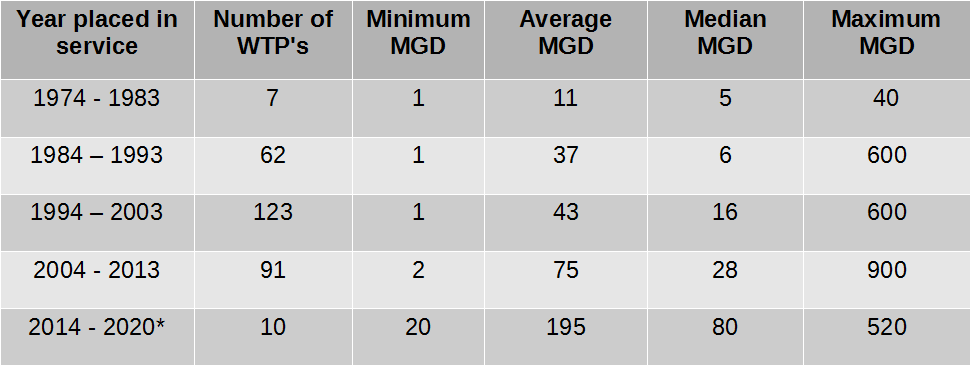Plastic bags have long been a subject of environmental concern due to their widespread use and persistence in the environment. However, the plastic industry is making strides in addressing these concerns by adopting more sustainable manufacturing methods. One of the remarkable techniques at the forefront of this movement is the use of ozone in plastic bag production. In this blog post, we will explore how ozone is used to create plastic bags and the positive impact this technology has on reducing the environmental footprint of this everyday item.
Ozone in Plastics Manufacturing
- Ozone as an Oxidizer: Ozone (O3) is a powerful and versatile oxidizing agent. It can break down long hydrocarbon chains, which are the basis of plastics. When introduced into the plastic manufacturing process, ozone aids in the formation and modification of plastic polymers.
- Ozone-Assisted Polymerization: Ozone can be used in the polymerization process, which is the formation of polymers from monomers. By facilitating the cross-linking of polymer chains, ozone can enhance the strength and durability of plastic bags.
- Reduced Chemical Additives: Ozone treatment reduces the need for chemical additives, such as plasticizers, which are often used to improve plastic bag flexibility. By minimizing the use of these chemicals, the final product becomes more eco-friendly.
Benefits of Ozone in Plastic Bag Manufacturing
- Reduced Chemical Use: Ozone-based manufacturing reduces the dependence on harmful chemical additives, making the process more environmentally friendly. Fewer chemical additives mean less toxic waste generated during production.
- Energy Efficiency: Ozone polymerization can be carried out at lower temperatures, reducing the energy consumption in the manufacturing process. Lower energy use translates to a smaller carbon footprint.
- Enhanced Durability: Ozone-treated plastic bags tend to be more robust and durable, which increases their lifespan and reduces the need for frequent replacements. This contributes to less waste generation.
- Improved Recycling Potential: The use of ozone in plastics manufacturing makes it easier to recycle plastic bags. The resulting materials are more compatible with recycling processes, further reducing the environmental impact.
- Lower Emissions: Traditional plastic bag production methods often involve the release of harmful emissions. Ozone’s clean and efficient oxidation process minimizes these emissions, making it an eco-friendly choice.
Challenges and Considerations
While ozone technology offers significant benefits in plastic bag manufacturing, it’s essential to consider some challenges:
- Initial Investment: Transitioning to ozone-based manufacturing may require an initial investment in ozone generators and modified production processes. However, the long-term environmental and economic benefits often outweigh these costs.
- Training and Implementation: Manufacturers need to invest in training their workforce to operate and maintain ozone equipment safely and efficiently.
- Regulatory Compliance: Ensuring compliance with environmental regulations and safety standards is crucial when using ozone in plastics manufacturing.
Ozone’s role in plastic bag manufacturing represents a significant step forward in making this ubiquitous product more environmentally friendly. By reducing the use of harmful chemicals, enhancing durability, and decreasing energy consumption and emissions, ozone technology helps reduce the environmental footprint of plastic bags. As industries continue to embrace sustainable manufacturing practices, ozone will undoubtedly play a pivotal role in reducing the impact of everyday products on our planet.
Contact us today to learn more about how ozone can be used in plastic manufacturing: https://www.oxidationtech.com/contact-us-101.html


